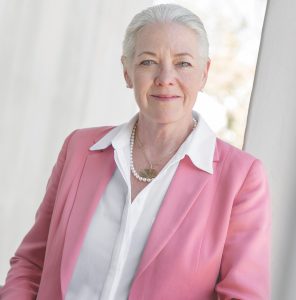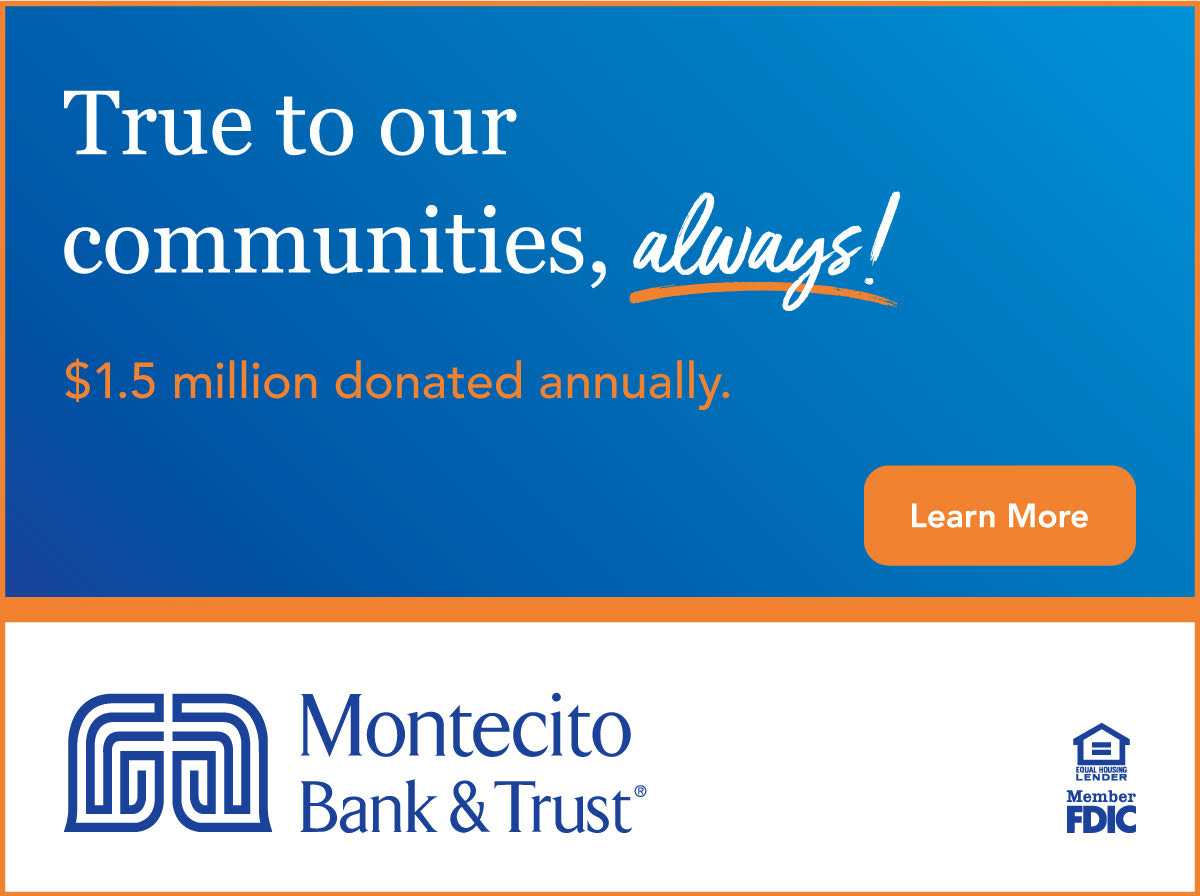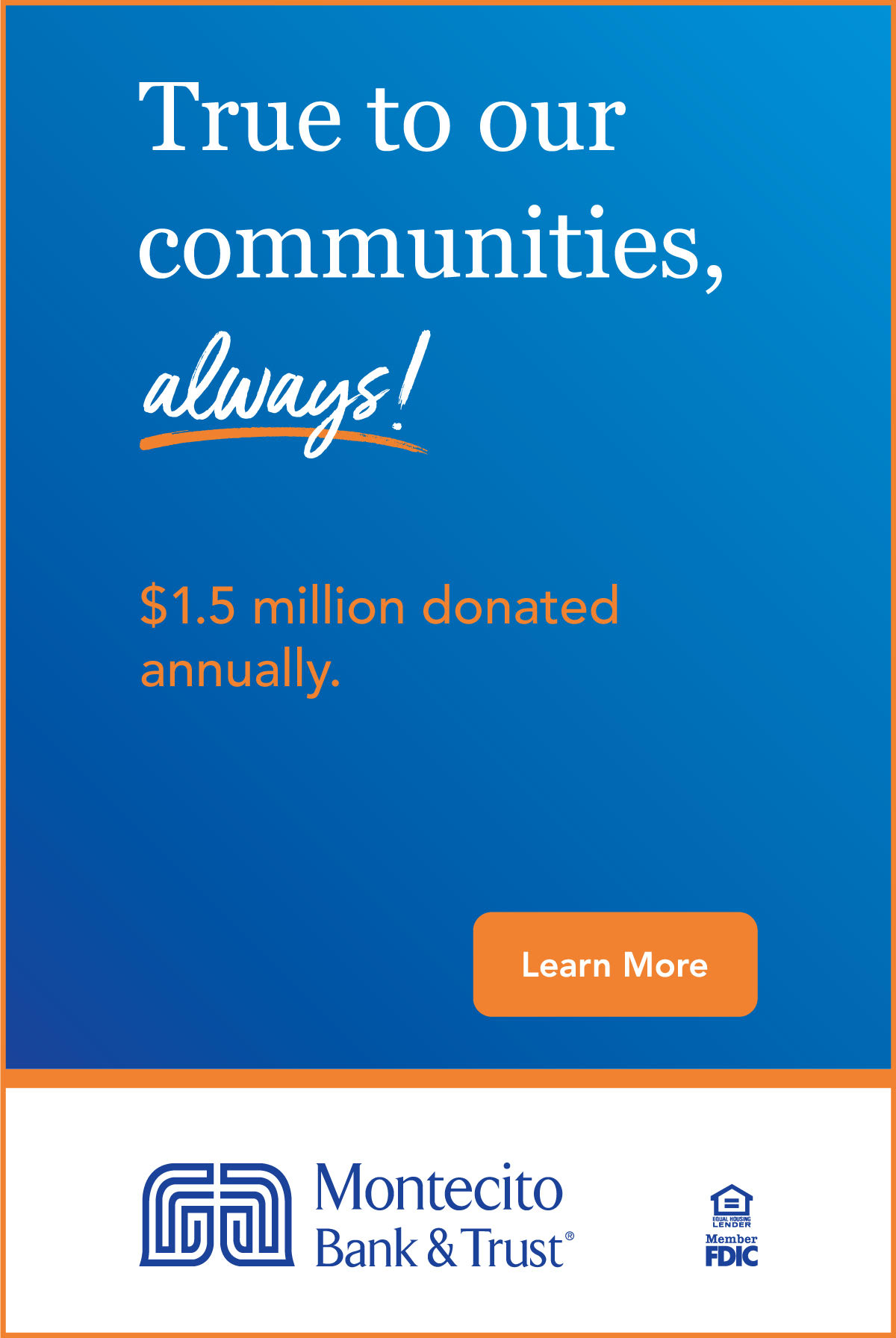Our Wild Neighbors
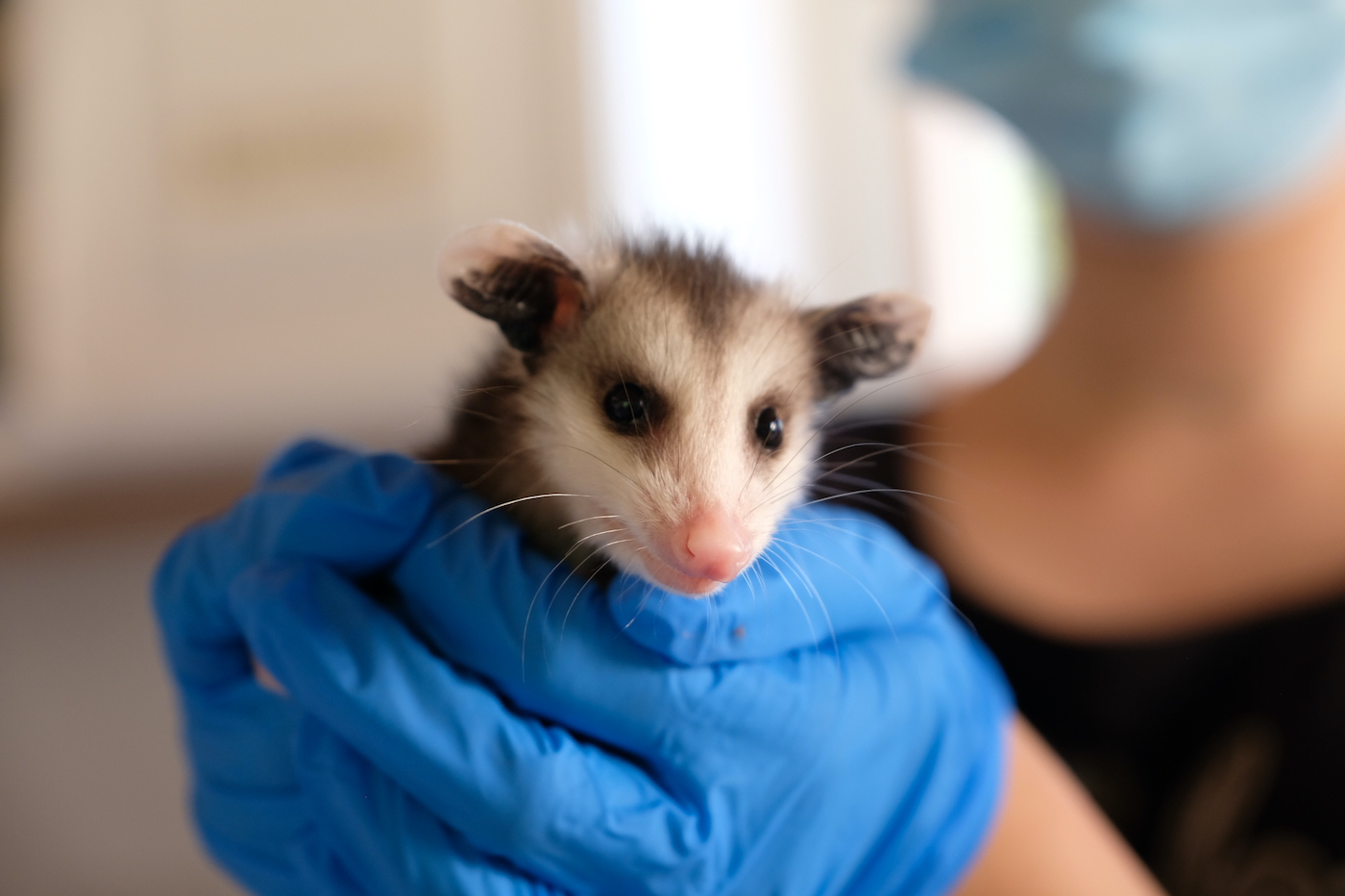
Ariana Katovich, Executive Director of the Santa Barbara Wildlife Care Network, winds her way through Montecito, a Great Horned Owl in a crate in the backseat.
Today’s mission is nothing new to Katovich, who returned to Santa Barbara to usher the Wildlife Care Network into a new age three years ago. From a clutch of sheds, trailers, and other buildings in the Goleta hills, she, anywhere from 15-32 staff (depending on the season), and an army of nearly 300 volunteers rescue, rehabilitate, and return to the wild sick, injured, orphaned, or oil-impaired wild birds, reptiles, and small mammals in Santa Barbara and Ventura counties.
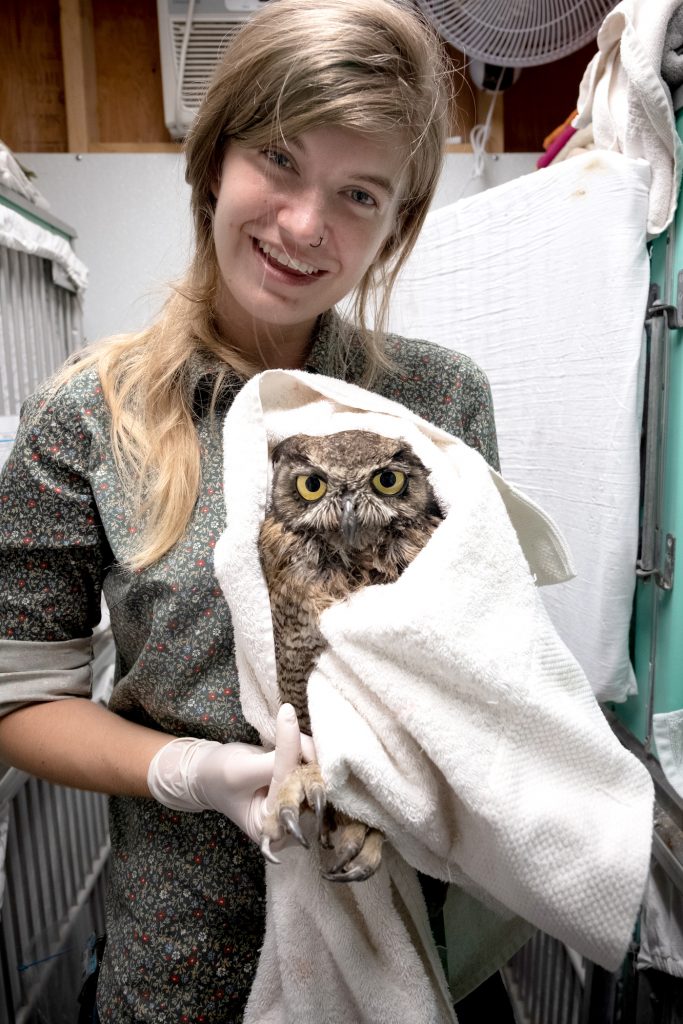
The volume is daunting: 40 intakes a day of 200 species ranging from badgers to Brown Pelicans during the spring, a helpline that rings 12,000 a year and as many as 6,000 feedings a day of baby birds from sunup to sundown.
“We are working as hard as we can to make sure animals get the best treatment they deserve,” Katovich says.
To accomplish that, the 32-year-old nonprofit is entering a transformational stage of its growth: building a true wild animal hospital that will help Katovich and her team mitigate human impacts to the region’s wildly diverse fauna. Katovich says that 90% of the animals that the network cares for are there because they were hit by cars, attacked by cats or dogs, poisoned, or caught in a fishnet. The result is orphaned baby animals, and complex injuries that require full-blown surgery.
“The hospital will allow us to serve thousands of animals every year,” Katovich says. “To provide services that we have never been able to provide, from complex surgeries to raptor care.”
For Katovich, who as a UCSB undergrad started the “UCSB Coastal Fund,” which has since raised $5 million to preserve the idyllic campus’ coastline, rehabilitating wildlife is a defining aspect of local citizenship.
“I feel like it is our responsibility to take care of these wild neighbors,” she says. “It’s what makes Santa Barbara home. The hummingbirds, the pelicans, and even the skunks. People recognize that part of our local identity is to care for and appreciate wildlife.”
The sun is getting low in the hills of Montecito. Katovich pulls up to board member Connie Pearcy’s house. She and Wildlife Veterinarian Dr. Avery Berkowitz take the crate out of her car, open the door, and watch as the owl flies up into a sprawling oak.
Half an hour later, she and Pearcy are enjoying a glass of wine and watch as the owl flies from tree to tree, finally settling. It looks out over Montecito’s natural splendor, the home it knew before its wing was entangled in a net and the owl spent eight days in care.
Santa Barbara Wildlife Care Network

www.sbwcn.org
Helpline: (805) 681-1080
Phone: (510) 927-5055
Executive Director: Ariana Katovich
Mission
The Santa Barbara Wildlife Care Network’s mission is to rescue, rehabilitate and return to the wild sick, injured, orphaned, or oil-impaired wild birds, reptiles, and small mammals in Santa Barbara and Ventura counties and to educate the public about living in harmony with wildlife.
Caring for the Wildlife Around Us
“All of us are thinking about keeping each other safe during this pandemic. The wildlife among us need helping hands now as always. We are fortunate to have the Santa Barbara Wildlife Care Network. A local place to take injured or sick wildlife is so important. Several friends have discovered injured animals and have been grateful to have a place to provide loving care for our fellow creatures. As we care for each other, we need to be aware of the wildlife around us, and care for them as well. I am so proud of SBWCN and the continuing work that they do.”
The Animal Hospital
The Santa Barbara Wildlife Care Network plans to break ground on its state-of-the-art wild animal hospital in 2020, an event that Executive Director Ariana Katovich sees as the realization of a long-time dream for the organization.
“We started from very humble beginnings,” Katovich says. “Volunteers caring for animals in their bathtubs and kitchens. We evolved from a robust network of home rehabbers to having our own property.”
The next phase is an animal hospital that will ensure that the region’s diverse wildlife can thrive in the face of human encroachment into their habitat, and increasingly harmful effects of climate change.
To get there, the network needs to raise $2.4 million to close out its $6 million capital campaign.
Board of Directors
Roland Bryan, President
Gretchen Lieff, Vice President
Kristen Scheff, Treasurer, CPA
Aaron Budgor
Mindy Denson
Rebecca Gaal
Tipper Gore
Kaitlin Lloyd
Connie Pearcy
Ann Smith
Honorary Directors
Bud Bottoms
Karen Bridgers
Joan Lentz
Russ Mish
Michi White
Joanne St. John
Advisory Board
John Baum
Penelope Bianchi
Jon Clark
Michael Edwards
Patti Jacquemain
Don Nulty
Jack Overall
Chris O’Connor
